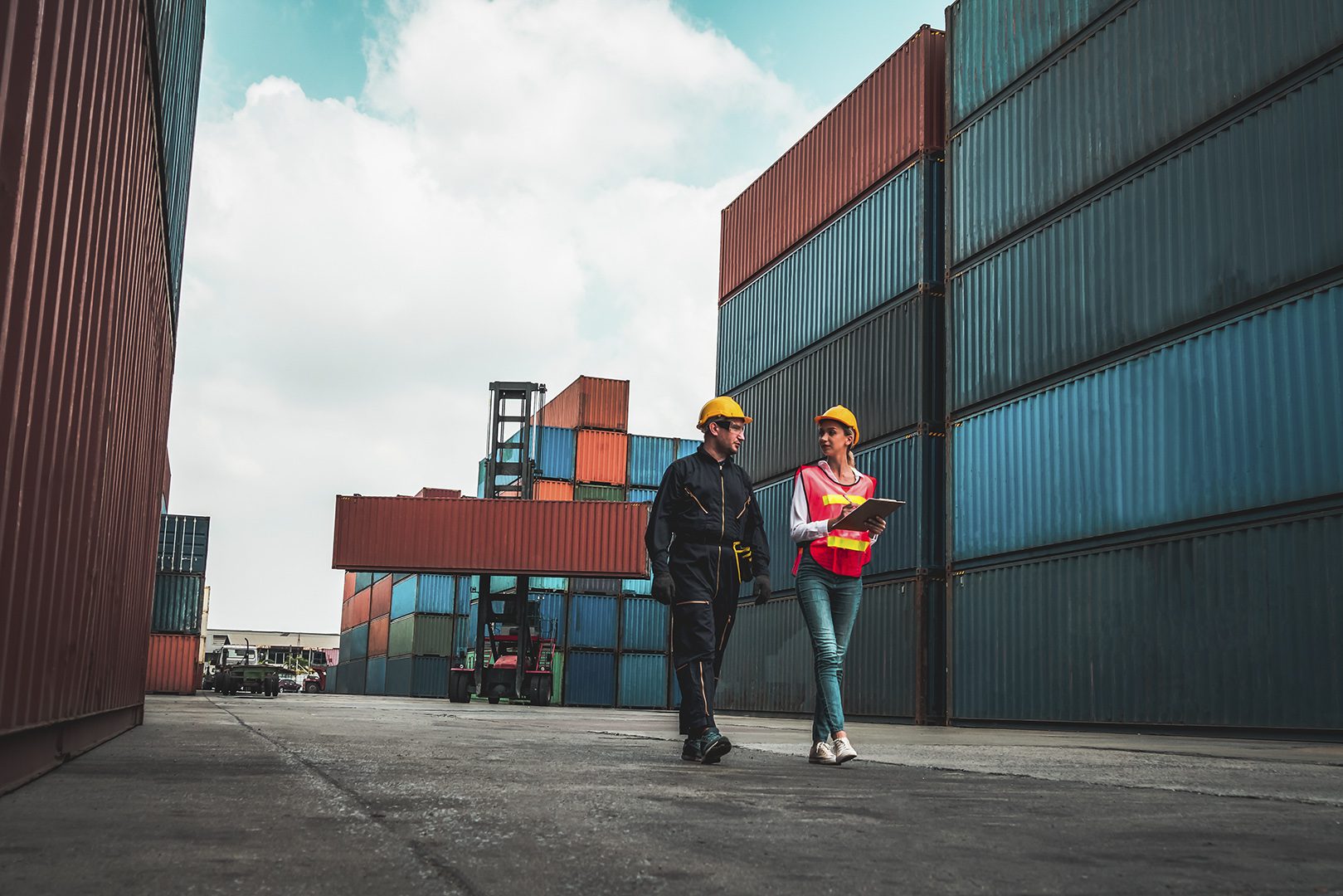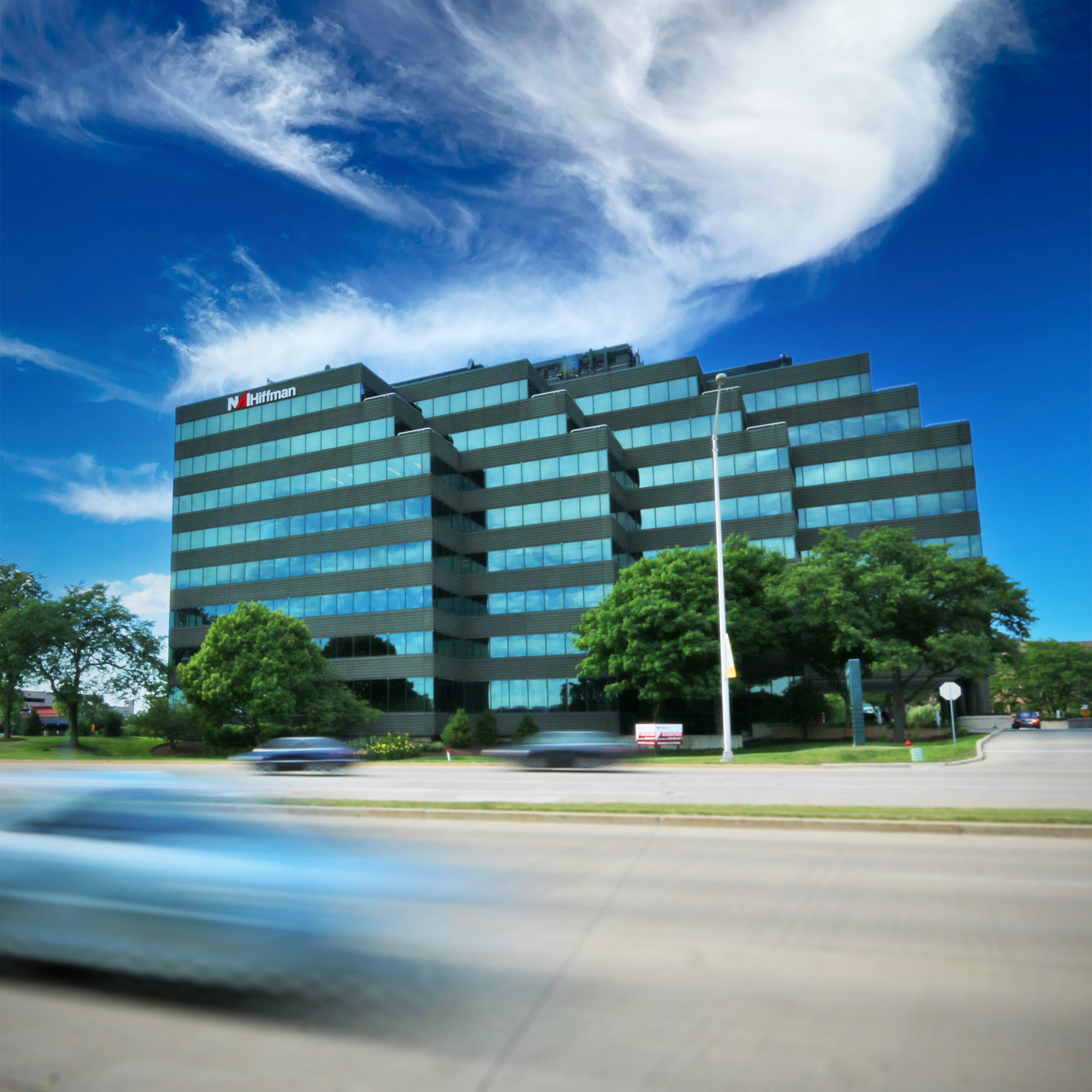December 2022
How the Shifting Supply Chain is Impacting Development

By Paul Bergeron
The problems that roiled supply chains a year ago have eased, but not entirely disappeared. Developers still struggle with sourcing materials in a timely and cost-effective manner, so they are well advised to pay attention to the continuing changes underway for construction supply chains. Following are several experts’ observations about what is happening now and how it could affect development.
Apartment Rehabs to Overtake Ground-Up Construction
Justin Wood, senior project manager at Motus Construction, the construction arm of Pangea Properties, tells GlobeSt.com that he thinks over the next 12 to 24 months, tighter financing, rising material costs and other economic challenges will lead to more apartment rehabs as ground-up developments wane.
“General contractors that specialize in multifamily renovation will be in greater demand during this period of economic uncertainty, especially if they have strategies to keep projects moving forward,” he said.
“These plans include early conversations between design and construction teams to identify potential cost overruns before a project gets off the drafting table, as well as real-time tracking of material costs to ensure smarter procurement decisions.”
Construction Teams Source ‘Closer to Home’
John Sheridan, executive vice president McHugh Construction, tells GlobeSt.com that his outlook is that construction firms will increasingly source from closer to home.
“The supply chain risks outside of North America are of great concern, not only for us but also for owners, developers and lenders, given the financial and design-related implications of substitutions and delays,” he said.
“In 2023, we will continue trying to source construction materials closer to home, a strategy we’ve found more reliable.”
For example, at 1000M, a 73-story apartment tower under construction in Chicago, McHugh pivoted from installing glass made in China to products from Guardian Glass, a U.S.-based glass manufacturer.
“With frequent plant shutdowns in China because of the country’s zero-COVID policy, the supply of construction materials was significantly reduced, which led to some of the erratic pricing over the past year,” Sheridan said.
Supply-Chain Tech Adoption Increases
Joe Santaularia, senior vice president, managing partner, Bradford Commercial Real Estate Services/CORFAC International, Dallas, tells GlobeSt.com that nearshoring continues to be a trend in 2023 as manufacturers in Asia move to Mexico + key US markets to shorten supply chains.
He added that supply chain tech becomes more adopted as companies move from paper/excel to software platforms to increase visibility + transparency, mitigate geopolitical risks, and streamline inventory.
Santaularia believes that labor issues will continue, but that “logistics users will shift hiring from operational professionals to sales professionals. Robotics and automation software will be adopted to eliminate shifts, need for low skill labor, and increase productivity.”
Data Analytics Used to Determine Why Supply Chain Broke Down
The improvements in the supply chain in 2022 will continue in 2023 but still not return to pre-pandemic flows, according to Travis Epp, Partner, Audit & Assurance, EisnerAmper LLP.
He tells GlobeSt.com that the contributors to the expected improvement in the supply chain are derived from a combination of positive and negative factors.
“On the positive side, transportation times and costs have improved as the excess demands have subsided and I don’t expect increases,” Epp said. “Further, many companies have and continue to invest resources in analyzing how and why their supply chain broke down.
“This analysis, which is often driven by data analytics and AI, will allow companies to improve their flow of product.”
He said that in contrast, demands for products may be adversely impacted by the expected recession and the significant increase in interest rates in the last year which impacts consumer spending.”
Speaking globally, Epps said that geopolitical events around the globe will also likely adversely impact the supply chain during 2023.
“Whether it be shortages of supply or impacts on transportation, negative impacts are expected,” he said. “Despite these events, it is still somewhat difficult to see a significant resurgence in reshoring for the traditional mid-market manufacturer as 1) there are limited government incentives (these are going to clean energy); 2) the labor market for manufacturing companies is extremely difficult with labor shortages and rising costs; and 3) the delays and challenges in building manufacturing facilities in the US; and 4) the challenges in financing new manufacturing facilities.”
Georgia Well-Positioned for Net Absorption
Adam Roth executive vice president of industrial services at NAI Hiffman and director of NAI Global Logistics, tells GlobeSt.com that Georgia is well positioned for net absorption in logistics assets, boosted by its population and access to critical infrastructure and California will continue to be a part of major corporations’ strategy.
He added that “while e-commerce is integral and will remain a large consumer spend, I’m predicting a stronger combination of brick-and-mortar supporting e-commerce. The pandemic greatly accelerated the adoption of e-commerce, however the tail effect is people wanting to get back out and experience retail.”


